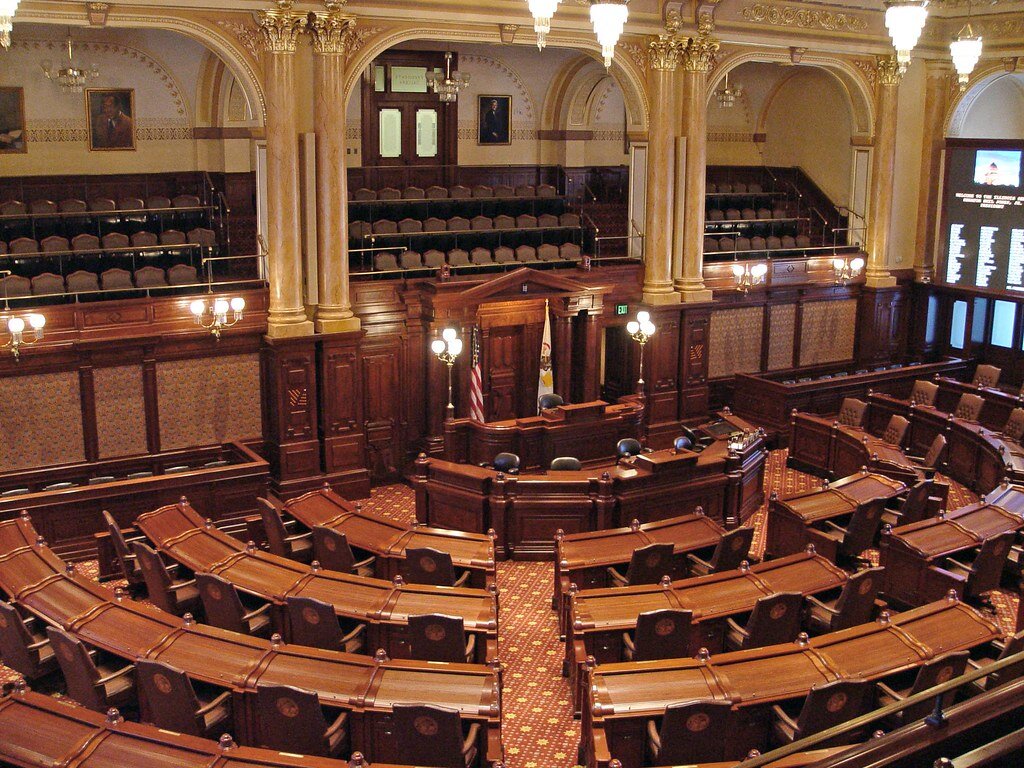The bank, which had the largest racial gap in its home lending compared to other major banks, pledged $600 million to Black and Latinx communities.
By Bettina Chang
(Photo Credit: flickr/Randy von Liski)
In June, a City Bureau and WBEZ report revealed massive racial disparities in home lending in Chicago. Since then, public officials and activists have pointed to our work as proof of systemic racial inequalities and disinvestment in communities of color. This month, two concrete results have emerged.
Last week, Chase Bank announced it would invest an additional $600 million in Black and Latinx communities over five years. It’s part of a $30 billion investment across the nation, according to WBEZ’s Linda Lutton, who co-authored the original report along with her colleague Alden Loury and Andrew Fan. Fan, who is now at the Invisible Institute, led City Bureau’s team of Civic Reporting Fellows who tackled the issue of home lending disparities last year.
The report revealed that Chase Bank had the largest racial gap in its home lending compared to other major banks in Chicago from 2012 to 2018.
Chase sent roughly 80% of its home purchase lending dollars to majority white communities in Chicago. Black neighborhoods got roughly 2% of Chase loan dollars and Latinx neighborhoods about 5%. [...] That’s despite the fact that there are similar numbers of majority-white, black and Latino neighborhoods in the city.
The $600 million investment over five years is a significant increase. However, as we reported this summer, “If Chase had loaned in Black communities what it loaned in majority-white neighborhoods from 2012 to 2018, that would have meant an additional $829 million each year for Chicago’s Black neighborhoods.”
Chase is certainly not alone; all top lenders in Chicago had major racial disparities, including Guaranteed Rate, Wells Fargo and Bank of America. Overall, “For every $1 banks loaned in Chicago’s white neighborhoods, they invested just 12 cents in the city’s black neighborhoods and 13 cents in Latino areas,” we wrote in June. To our knowledge, no other banks have announced additional investment in Chicago’s communities of color as a result of these findings.
What’s next?
This week, Fan will present the findings of the report to the state senate at the Illinois Black Caucus’ joint hearing on racial equity in lending and homeownership. The hearing was called by Illinois Sen. Jacqueline Collins, who represents part of the South Side and south suburbs. This summer, Collins called for legislation to address unequal lending and said she would bring banks to the table to answer for these disparities.
You can watch the livestream on Thursday (October 15) at 10 a.m. at ilga.gov or submit written testimony to the committee via email—see guidelines here (PDF).
If you’re interested in finding a bank that invests in Chicago’s communities of color (or otherwise matches your personal values), we hosted a Public Newsroom workshop and rounded up tips here.
Support City Bureau’s civic journalism model by becoming a Press Club member today.
To get monthly emails about our organizational culture and lessons learned from our programs, sign up for City Bureau’s Notebook newsletter.

